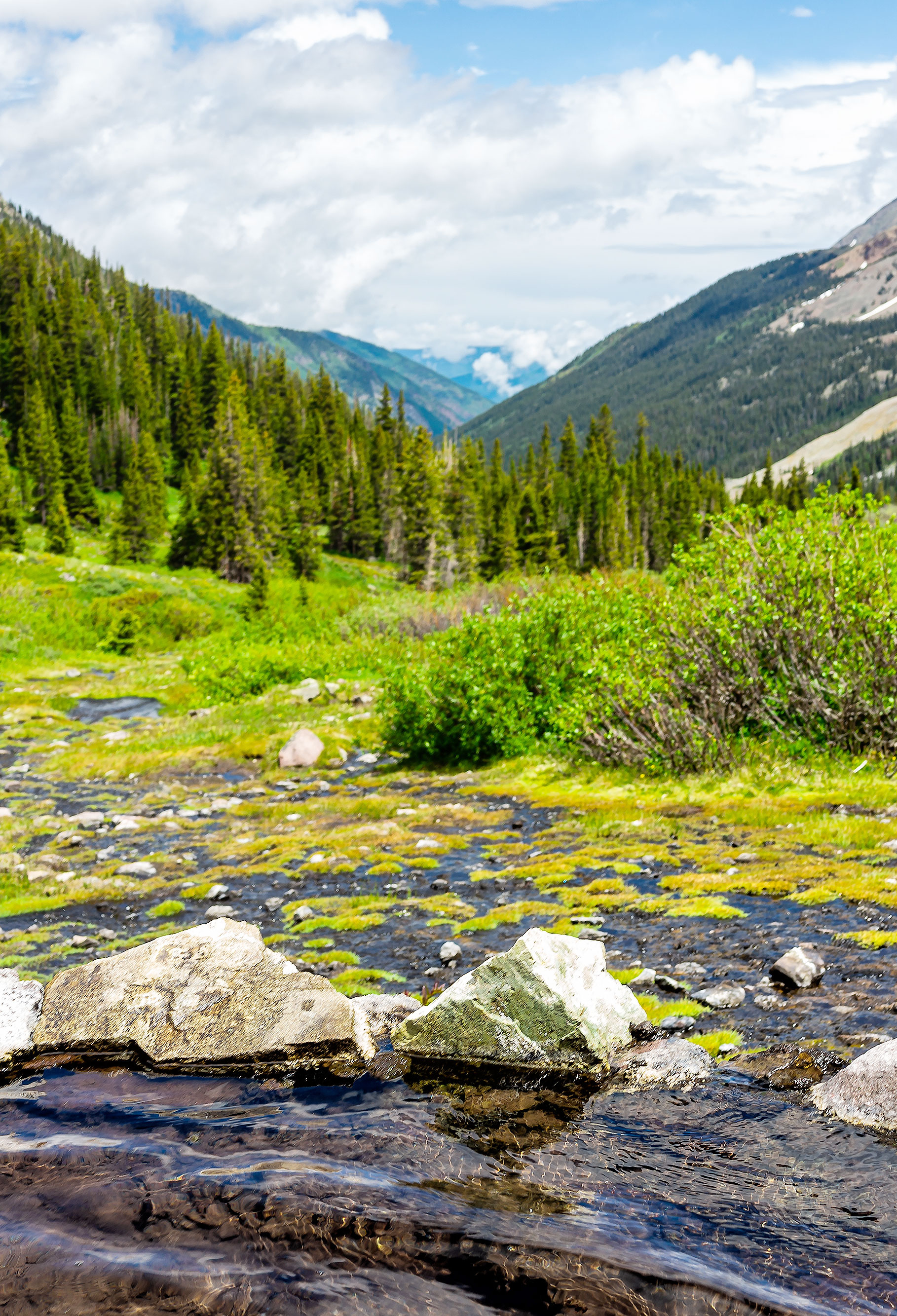Some places are so wild and special that access must be limited, because too many visitors can harm fragile ecosystems. As a result, many destinations have instituted a permit system to control the number of people entering a particular area — and often the demand for those permits far outstrips the supply. While some permits are granted on a first-come, first-served basis, other places now rely on lotteries to distribute these once-in-a-lifetime outdoor experiences. Below are five hard-to-reach natural wonders in the U.S. that will make any outdoor lover feel like they’ve won the lottery.
Havasu Falls – Arizona
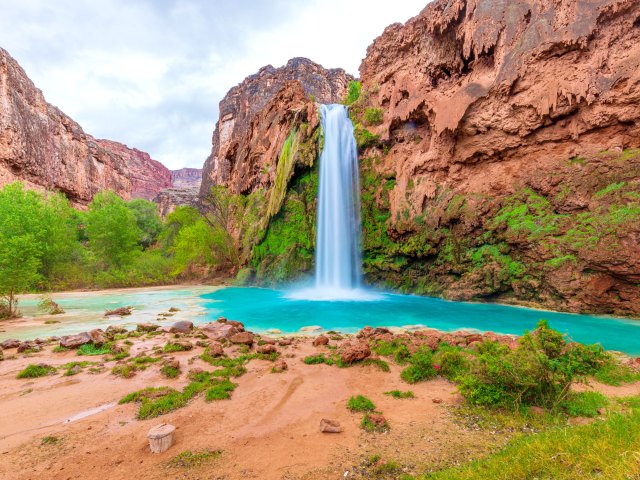
Crashing falls foam over majestic red sandstone into the turquoise pools at this remote and rugged paradise, tucked close to the Grand Canyon on the Havasupai Indian Reservation. The tribe has lived in this magical area for more than 800 years, and all visitors must have a permit and also abide by the reservation’s regulations — which prohibit alcohol, coolers, campfires, dogs, and drones, among other things. Havasupai is a sovereign Native American nation with its own rules, customs, and laws. Visitors should be respectful of the land, the people, and their fellow visitors.
After a long closure due to the COVID-19 pandemic, tourists are again being welcomed to Havasu Falls as of February 1, 2023 (though spots for the entire season often sell out within hours). People who are lucky enough to snag one for the upcoming season will still need to make the challenging eight-mile trek from the top of the canyon on foot, mule, or horse. Touring by helicopter is also an option — there are no reservations taken, but you can get on the waiting list each morning, weather permitting. The hike from the falls to the camping area is an additional two miles, but weary travelers can reserve campsites along the river or stay at the tribe’s rustic lodge.
Half Dome Cables – California
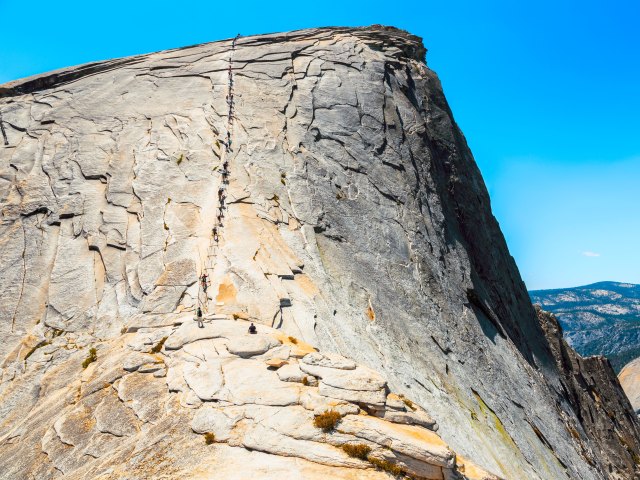
Towering 5,000 feet above Yosemite Valley — and 8,800 feet above sea level — Half Dome is a rite of passage for serious hikers, who test their fitness on the 10- to 12-hour trek to the top of the massive granite outcropping, an icon of Yosemite National Park. The last 400 feet to the summit are accessible without rock-climbing equipment by two parallel metal cables, which the park installs each year between late May and mid-October, depending on weather. Gloves are highly recommended, and sturdy hiking shoes and boots are a must.
Thousands of people ascend the cables each season, all of whom are required to hold a non-transferable permit. The month-long lottery opens each March. If you aren’t selected, you can still enter the daily lottery to win a permit allowing access two days after the drawing. Lucky climbers will be rewarded with stunning panoramic views of the valley as well as Vernal and Nevada Falls.
Conundrum Hot Springs – Colorado
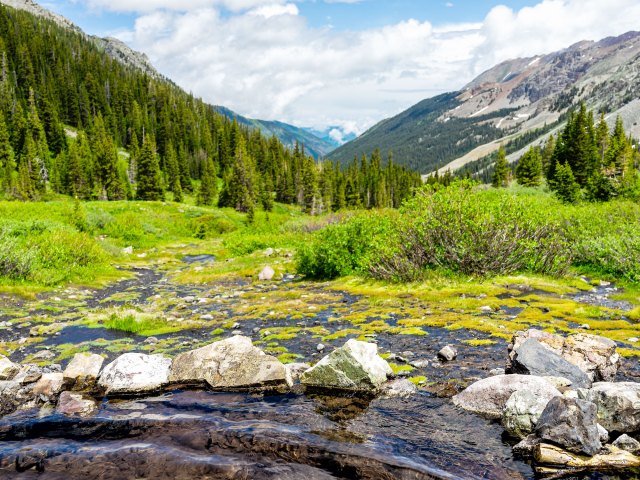
There’s no lottery, but you’ll need to be fast on the (electronic) draw to score an overnight camping spot at these heavenly hot springs in Colorado’s grand Maroon Bells-Snowmass Wilderness. Located deep in the White River National Forest near Aspen, the geothermal springs can only be reached by a strenuous 17-mile round-trip hike into the Rocky Mountains.
But those who get an overnight permit and can handle the exertion (along with the 11,200-foot altitude) will find Conundrum well worth the journey. Surrounded by glorious peaks, the clothing-optional pools are roughly three feet deep and 100 degrees Fahrenheit in temperature, and are large enough to accommodate around a dozen people at a time. While permits for overnight camping are required year-round, the period between July through September offers the best weather and the least chance of snow.
The Wave – Arizona
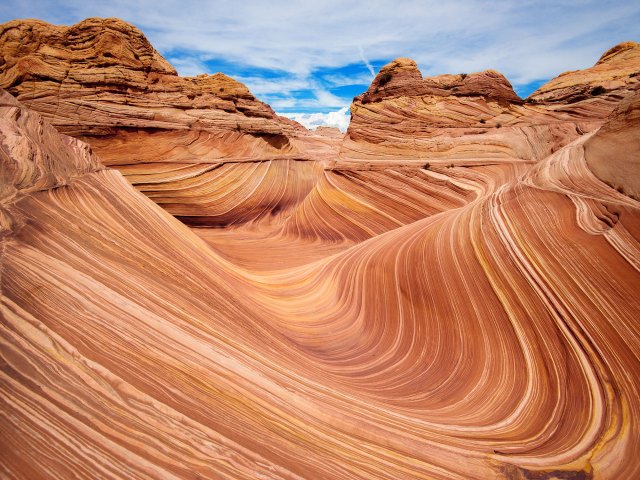
Blame it on Microsoft: This geologic wonder in the Paria Canyon-Vermilion Cliffs Wilderness, straddling the border of northern Arizona and southern Utah, was relatively unknown until 2009, when Microsoft featured a photo of the Jurassic-era cliffs as its desktop wallpaper on the Windows 7 release. Since then, hikers from around the world have flocked to the surreal sandstone formation in the Coyote Buttes area, which features undulating curves striped in yellow, pink, brown, yellow, and vermilion. The Wave’s sudden popularity prompted the Bureau of Land Management to institute a permit system, allowing 64 hikers per day to visit the area.
Permits to hike to the Wave for a total of 48 people (up to 12 groups maximum) are issued via online lottery held four months in advance. Permits for another 16 people (four groups maximum) are awarded via a “walk-up” daily lottery held two days in advance. The daily lottery must be applied for via mobile phone, and your location must be in the geo-fenced area near the site. There’s no marked trail on the six-mile round-trip hike, so you’ll need to use a map and compass or GPS for navigation.
Grand Canyon Rafting – Arizona
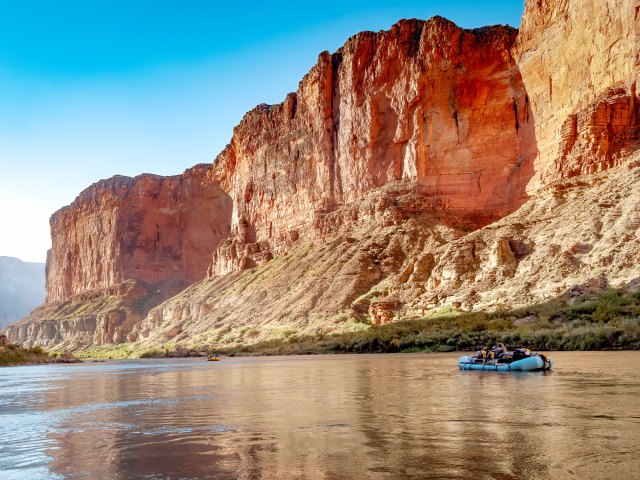
Rafting the Colorado River surrounded by the awe-inspiring walls of the Grand Canyon is the ultimate bucket list experience for many people, but guided tours with private outfitters often cost thousands of dollars. Every February, the National Park Service opens a three-week weighted lottery that allows private rafters the chance to request up to three dates in the following year for non-commercial guided tours of between 12 and 25 days.
For shorter trips of two to five days, rafters can apply for first-come, first-served permits from Diamond Creek to Lake Mead. (These can be applied for one year in advance.) There are a few restrictions: At least one of the permit holders must possess the necessary skills and experience to navigate the river’s whitewater environment. Though the process may seem burdensome, consider this: Prior to instituting the lottery, the waitlist for non-commercial permits to raft the canyon was 25 years long!
More from our network
Daily Passport is part of Optimism, which publishes content that uplifts, informs, and inspires.






